Locații
Este un județ presărat cu toate formele de relief, câmpii, dealuri, munți, ape toate au contribuit la formarea unuia dintre cele mai diversificate regiuni. Este o zona seismică complexă de convergență continentală, situată la contactul a 3 unități tectonice: placa Est - Europeană, subplacile Intra - Alpină și Moesică.
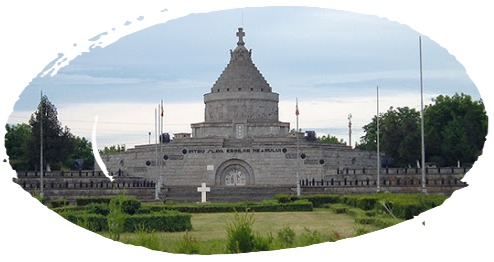
Marasesti Mousoleum - „Heroes
glory"
It was built between 1923-1938. The mausoleum
was built on the site where in the summer of 1917 the Mărășești WWI fighting
took place, resulting in the victory of the Romanian troops.
The mausoleum is located 20km from Foșani,
near the European road E85, into the city of Mărășești.

Royal cellar, Panciu
The royal cellar from Panciu dates back since the eighteenth century. The cellers from the Deer valley, built in Stephan the Great reign, were used in 1700 by the great chancellor Miron Costin. Dug to 24 m deep were discovered by chance in 1952. From the main gallery which has a lenght of 500m , more then 36 small galleries are branched summing up over 3 km in lenght.
After 1968 the gallery
lenght was extened with another 3000m, which now can accommodate more than 3
millions bottles. In the cellars the aging wines will become sparkling wines
similar to well known champagne by the “champenoise” method.
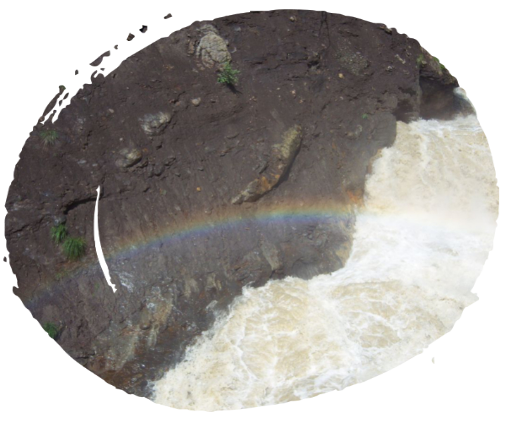
Putna waterfall
Very active tectonic
processes market by the faults present in the vicinity of Tisaru mountain, to
the north and the “Voda saddle “ located in the south, have lead to a break of
a slope with a difference of over 12m, that river Putna travels through a
series of rapids.
Downstream, aprox. 200m,
on the left bank there is an empty old waterfall, the river changed his course
due to geotectonic movements, thus the formation the of new waterfall (uniq
phenomenon known in Romania).
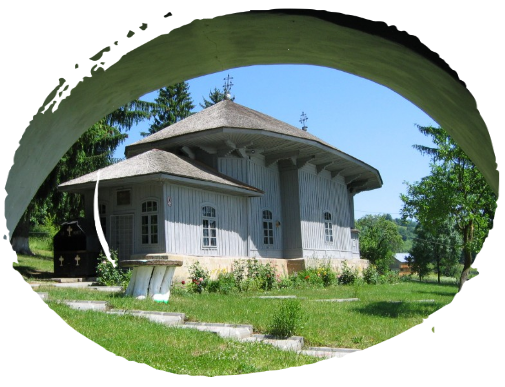
„Black Valley” Monastery
It lies on te road linking the city of Focşani with Vidra, Tulnici, Târgu Secuiesc and Braşov. At kilometer 44 after Focşani, respectively Salt Valley, turn left to Năruja, then continue the road that will lead you through Podul Nărujei, Nistoreşti, Româneşti and Herăstrău. After you reach the village called Herăstrău (62 km from Focşani), there are only 3 more km until you reach the monastery complex.
The road that leads to the monastery is very good and the landscapes
are magical.
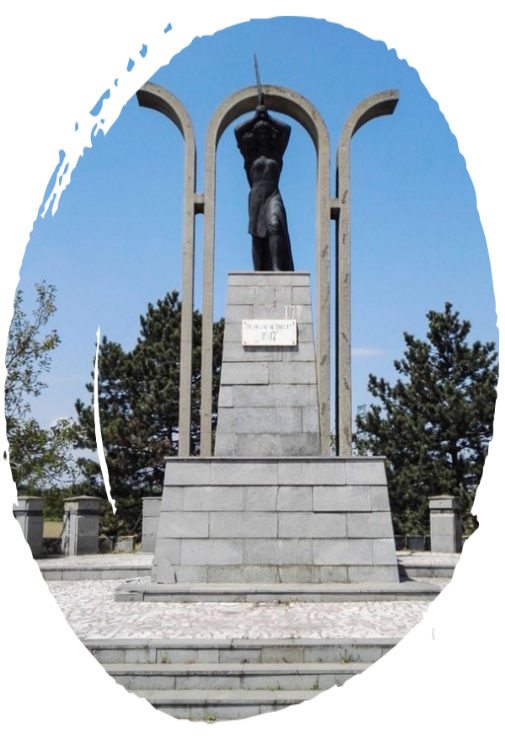
Monument dedicated to Catherine Teodoroiu (1894 -1917)
She was a Romanian Lieutenant who died in the
battle of Marasesti during the WWI. After taking a buulet to her chest, she
died. Her last words were „Soldiers forward, your with me!”
The monument is located at Tișița, 15 km from
Focșani, on the European road E85.
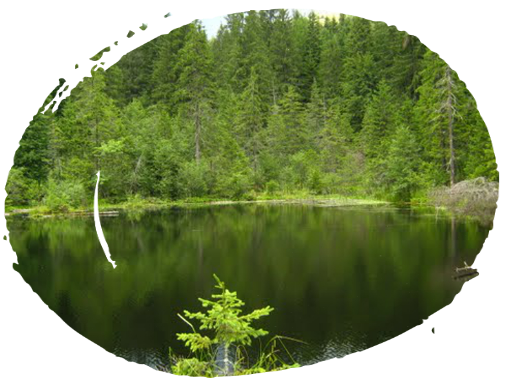
Black lake
In order to reach this area from Herăstrău you must take the forest road
until you reach the Năruja stream source. The tourists can reach it with the
help of the marked trail by „red tape”. Locatd at 1250 m altitude, it has a
surface over one hectar and a maximum depth of 7.5 m.
Flora of this place made the Black Lake unique in the South East of
Europe. The name comes from the darkness of the spruce fir surrounding the lake
which is reflected in the clear water of lake.
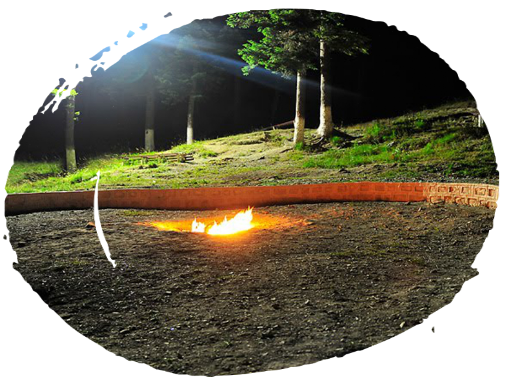
Earth fires from Andreiașu
Unique in Vrancea Mountains, is an area that would be worthwhile to
visit. Thanks to the spectacular phenomenon of natural gas that comes out
through the earth crust cracks which ignite spontaneously forming flames of
30-50 cm in height. In order to reach this area situated in the Milcov Vally,
you must climb from the center of Lower Andreiașu village, half a kilometer on
a sloping road with gravel. Then the white stairs will guide you the the so
called sanctuary .
Inside the rectangular surface, with no vegetation and covered with
small grains of stone you can see two or three „hearths” of blu-red flames
flickering.
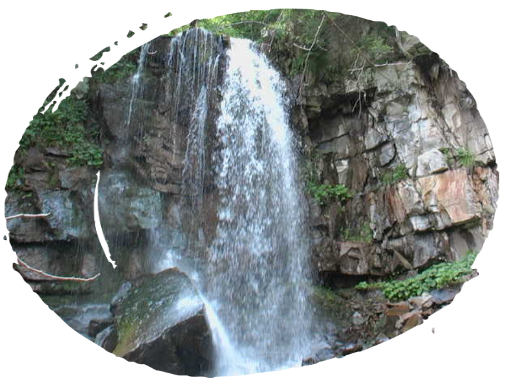
Mişina waterfall
Mişina waterfall represents a mixed nature
reserve which is located in the upper region of the Mişina
river. The
current lasdscape is a result of the past intense tectonic processes, which
resuled in the formation of a waterfall about 12m high.
Here you can reach after
travelling on the DJ 205D Valea Sării –Năruja , continued with DC 78
until Valea Neagră . The forest road between the valley and the stream Bălosu will guide you to the Mişina nature reserve.
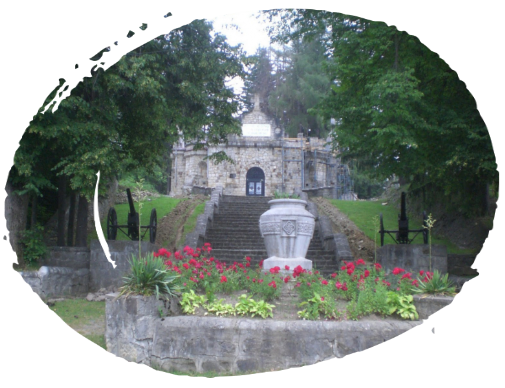
Soveja hero’s mausoleum
The monument is located in the village Dragosloveni. The monument is
dedicated to the heroes who died in fierce battles across the vally of Şuşiţa
and stands testimony representing the entire community suffering after the
occupation of German troops in 18.12.1916.
Mausoleum houses the
remains of 16000 heroes (inside marble paques inscribed with the names of
heroes identified). The ossuary holds 2000
bones forming an impressive parallelepiped right in the center of the
mausoleum.
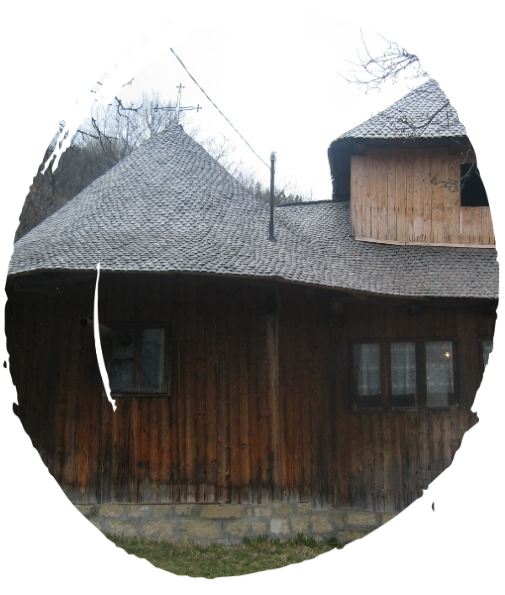
„Saint Nicholas” wooden church
The wooden church was built at the request of community village in the
XVIII century. This place of worship was erected on a foundation of river stone
built with mortar, adapting to the slope terrain.
The church is located in the middle of the cemetery and the tall white
cross is built in the memory of fallen soldiers who died on the
battlefield.
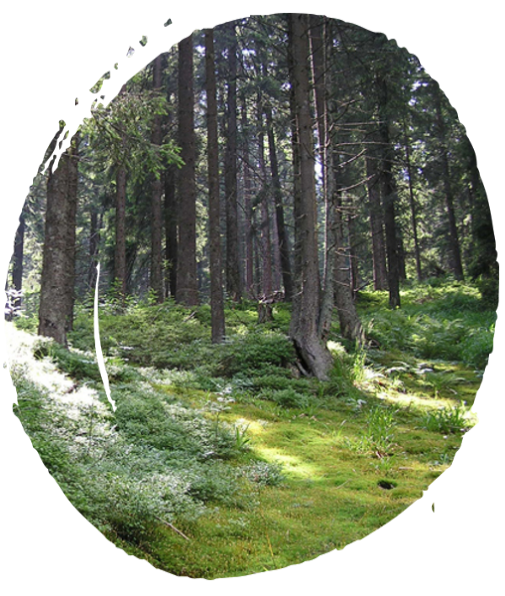
„Green forest“ natural reserve
This reserve is located in the upper region of Zabala river at the
confluence with the Mişina stream. In the grassy carpet there were identified
approximately 200 species of plants with different origins.
A major interest represents the forest floor habitat that is home for a
numerous species of flora and fauna, also population os large carnivore as
bear, wolf and lynx.
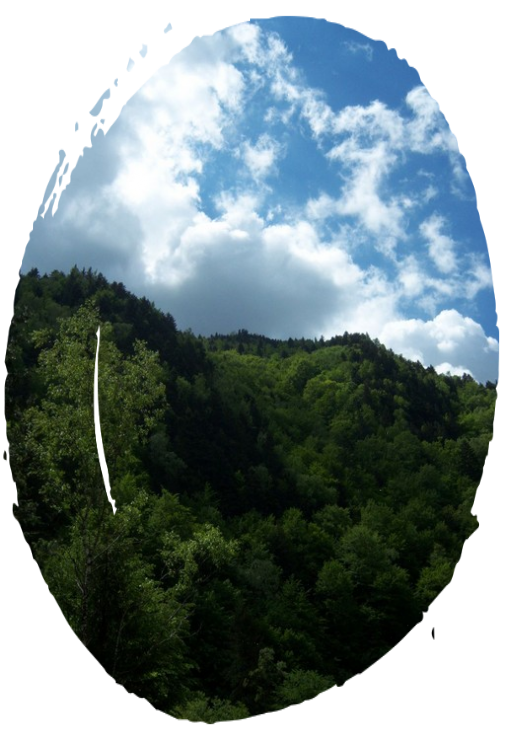
Gorge Tișiței nature reserve
Turist will be welcomed by a spectacualr scenery, with sharp rocks and smalll rapids and if you are lucky you can see chamois.
Even if the trip on the man made mountain rood
doesn’t take more then 5 hours mountain equipment is required. At the end of the trip you will find a man made moutain tunnel. It was made by the German troups in the WW II.
Reach out
If you want, you can contact me by accessing the section below. Maybe you have a different opinion or new information, I am at your disposal.